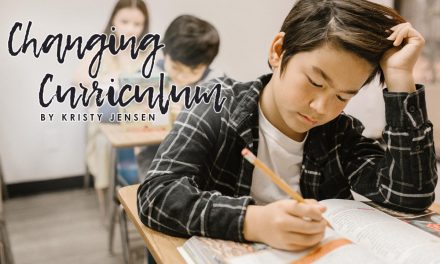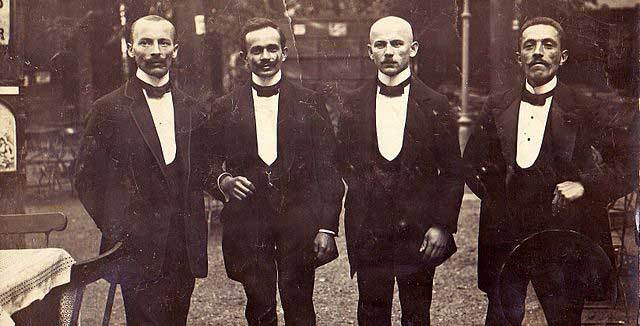Something struck a nerve this week when I came across a list entitled, “Good Historical Fiction.” It included The Silver Chair from The Chronicles of Narnia. Now we used historical fiction in our own home school and I’m a huge CS Lewis fan, but a book with a bit of history tacked in does not historical fiction make. Nor does a bit — or even a lot – of history make a book “good” historical fiction. Real historical fiction engages the reader, fleshes out the historical setting, introduces real individuals and points to actual issues and events.
Let’s look at what good historical fiction can do.
When adding historical fiction (HF) to your school line up, you’re not just adding a reading assignment as if you were adding spices to a casserole. With good HF you are adding the liquid ingredients that can potentially hold the whole thing together.
First of all, HF stimulates students’ interest. A well-written historical novel will take history off that traditional timeline and bring it to life. Based in authentic events, HF takes these events and issues and then constructs layers that interconnect, deepen and progress. That same timeline with its dates, names and events begins unfolding and you see multiple dimensions — the complexity of situations. This occurs on the individual level as well. Historical characters become real humans who face challenges, decisions and consequences; they are not just names and labels (such as explorer, politician or slave).
Of course the account you’re reading isn’t reality. But good HF will help you sort out the fiction from the fact. It will direct you to thinking analytically, to comparing and contrasting, to questioning and discussion.
Good HF also integrates your subjects — the liquid in the casserole! It just naturally combines history, literature, reading, vocabulary — and then there’s geography, or even cultural studies. Depending on your selections, your HF may even involve the sciences, music and math.
Let’s look at what good historical fiction can be.
We’re most familiar with the traditional, historically accurate fiction that highlights key events or issues and may even include real individuals as characters. There’s a large quantity to choose from here: such books as The Bronze Bow, Madeleine Takes Command, or the G.A. Henty books.
But there are so many more ways to dive into history! Different sub-genres will help your children connect with history in ways that will appeal specifically to them. For example, fictional diary accounts help us walk with the characters and see events through their eyes. My practical, science-oriented son who “hated fiction” devoured Diary of an Early American Boy. For him, this well-researched, vividly detailed book bridged the nonfiction-fiction gap and helped develop a fascination for hand-made tools and self-sufficiency. Other examples in the diary genre include Egyptian Diary: the Diary of Nakh or the Royal Diaries.
Do you have an adventurer in your household? Historical mysteries such as the Roman Mysteries or The Golden Goblet add intrigue and excitement. Historical adventures (like The Black Arrow, the Crimson Cross Series or the Chosen Daughter Series) convey the truth that part of history is ordinary people overcoming immense difficulties. In time-slip books, the main characters travel through time in some mysterious way. Since you’re touring with someone from your own “time zone,” this genre is a good introduction to HF as a whole. And, honestly, who wouldn’t want to time travel? Check out this genre with books like the Canadian Flyer Adventures, Imagination Station Series or George Washington’s Socks.
We’ve just touched on a few of the choices, and I know the options can seem daunting. But try out some of these; explore some choices that will reach your students. To help, you can find historical fiction organized by time period on our website. A couple of resources also narrow down the options this way and can expedite your selection process: Timeline of the Classics and Artner’s Guide to American History. Give a book a try!





